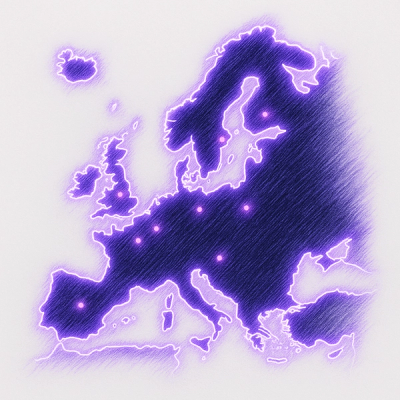Markers management for Model Server validation Diagnostics
Use case
The model server client API provides validation methods which manipulate JSON objects which can be cast as Diagnostic objects (@eclipse-emfcloud/modelserver-theia/lib/browser/diagnostic).
export interface ModelServerClient extends JsonRpcServer<ModelServerFrontendClient> {
validation(modeluri: URI): Promise<Response<string>>;
subscribeWithValidation(modeluri: URI): void;
}
Users may want to log these validation diagnostics in Theia's Problems view (provided by @theia/markers).
This module provides the necessary tools to achieve this purpose with minimalist code.
Typescript API Examples
After calling the validation, you can create markers as simply as :
@inject(MessageService) protected readonly messageService: MessageService;
@inject(DiagnosticManager) protected readonly diagnosticManager: DiagnosticManager;
const modelURI : URI;
this.modelServerClient.validation(modelURI.toString())
.then((response: Response<any>) => {
const diagnostic = response.body as Diagnostic;
diagnosticManager.setDiagnostic(modelURI, diagnostic);
this.messageService.info(`Validation finished with level ${Diagnostic.getSeverityLabel(diagnostic)}.`)
});
Selecting the model element from the marker
The marker in the problems view can be used to navigate to the precise element in error.
As this navigation depends on your model editor implementation, you must implement the OpenHandler interface if you want this functionality (see @theia/core/lib/browser/opener-service.ts).
In the opener options, you will find a selection entry, which value can be cast as a ModelElementRange, containing fake start and end values, but the correct model element's URI fragment (identifier) at the uriFragment key.
It is up to your widget implementation to select the correct element corresponding to this URI fragment.



